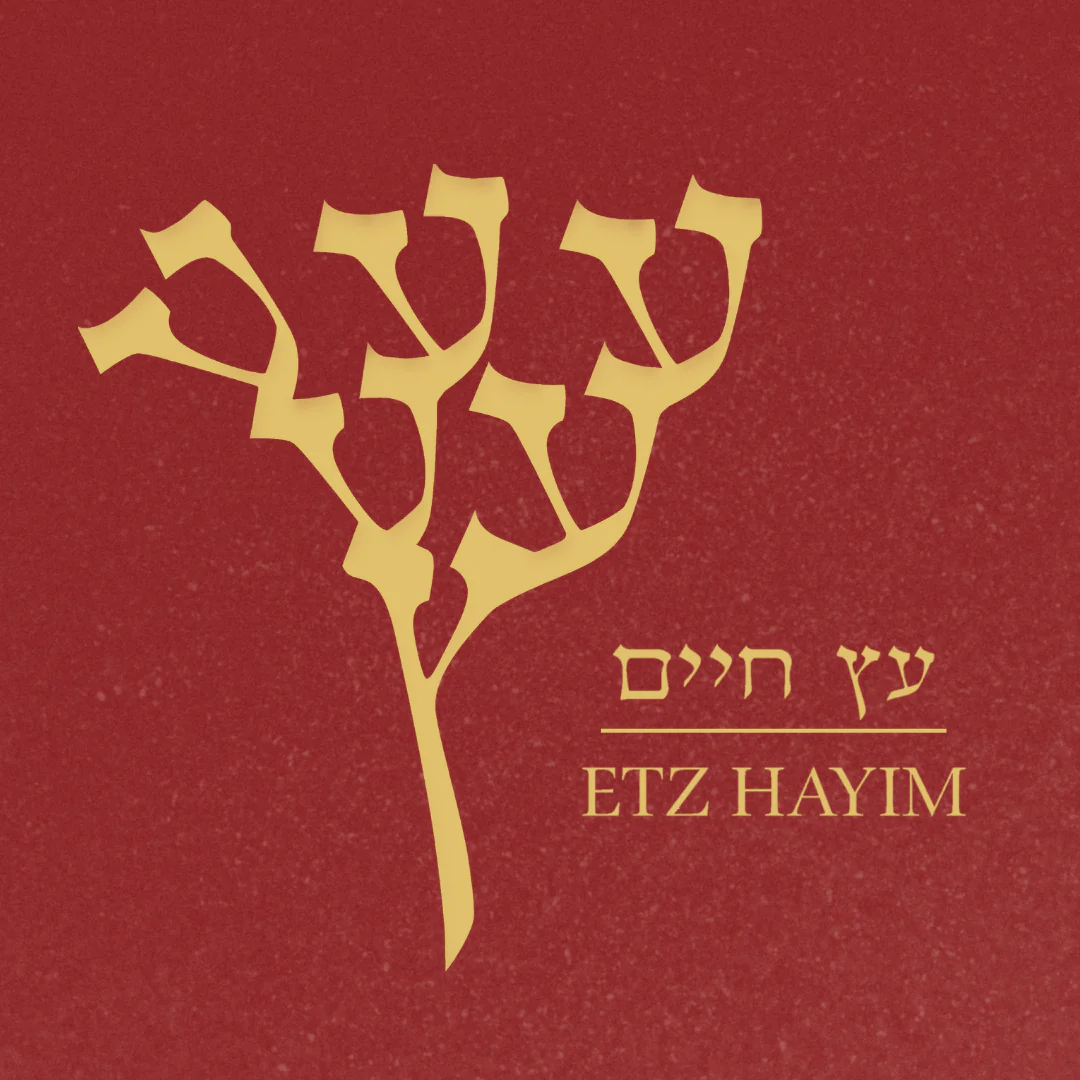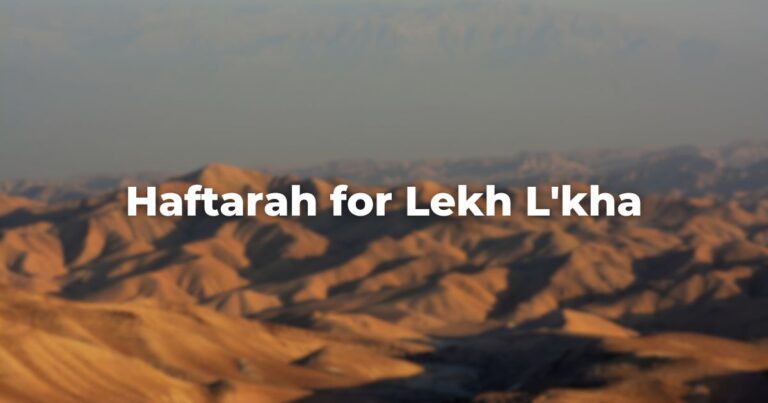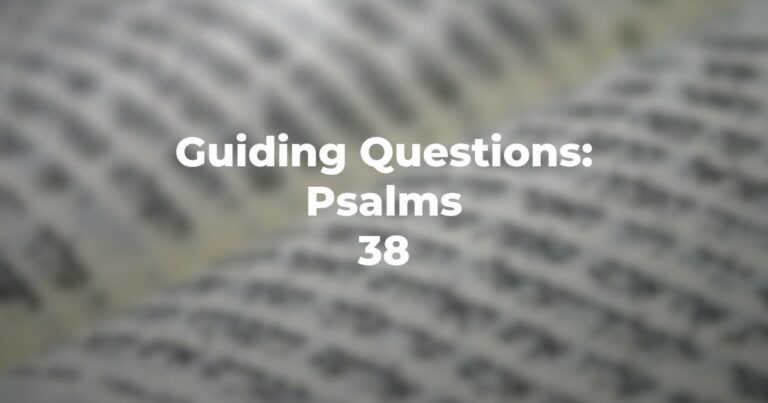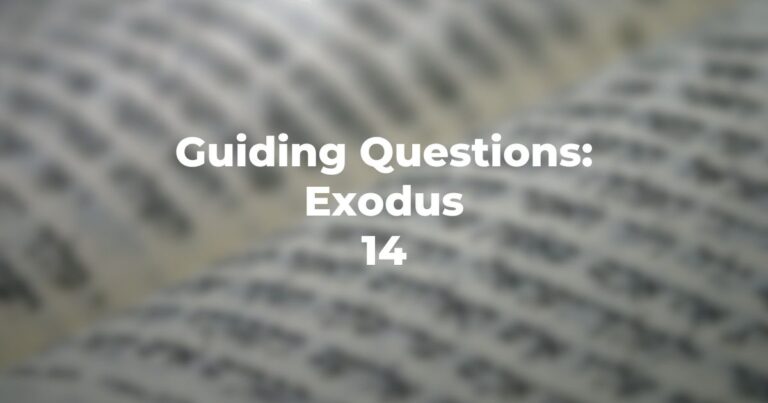Malachi 1:1-2:7
This haftarah recalls the rivalry between Jacob and Esau, as it focuses on the ongoing historical strife between their descendants––Israel and Edom. The prophet, speaking in the 5th century ʙ.ᴄ.ᴇ., illustrates some aspects of religion and culture in the early years of the Second Temple.
The overall ritual content of the haftarah leaves little room for moral rebuke. Morality is not entirely outside of Malachi’s message (see Malachi 3:5), but it is not the focus of his concern here.
Indeed, even when he expresses antagonism over the people’s theft of animals (along with their deception and disobedience), the emphasis is on ritual faults (Malachi 1:13). Malachi puts special stress on the priests’ duties of piety and purity before the Lord.
In a striking statement, the prophet contrasts the perversity of the priests of Israel with the faithful among the nations who offer “incense and pure oblation” to the Lord––thus doing Him honor throughout the world, “from where the sun rises to where it sets” (Malachi 1:10-13). The piety of pagans is also a feature of the late book of Jonah (Jonah 1:14; Jonah 3:5-9).
Relation of the Haftarah to the Parashah
A link between the haftarah and the parashah is established at the outset. Malachi announces that God has “accepted,” (i.e., loved) Jacob, but “rejected” Esau (Malachi 1:2-3). He notes that “Esau is Jacob’s brother” (Malachi 1:2) and presents them as the ancestors of the nations of Israel and Edom (Malachi 1:4-5).
In a similar fashion, the parashah emphasizes Rebekah’s love for Jacob (Genesis 25:25), whom she prefers over Esau. These two fraternal “nations” in her womb (Malachi 1:23) are later designated Israel and Edom (Genesis 36:1, Genesis 36:43).
A divine oracle guarantees the superiority of the younger brother; it vindicates Rebekah’s scheme in patriarchal times as well as God’s choice in Malachi’s day. The divine word in the prophetic text reinforces and actualizes the promise made ages before.
At the same time, just as Esau “spurned” (va-yivez; stem בזה) his birthright through an imprudent act involving food (Genesis 25:34), the latter-day heirs of Jacob “scorn” (bozei) God through impious treatment of the food of sacrifice (Malachi 1:6-7). The use of the same Hebrew verb in both texts subtly suggests that Jacob has become like his hated twin.
Since the 2nd century ᴄ.ᴇ. (specifically, since the time of Hadrian’s edicts and the revolt at Bethar, 132-35 ᴄ.ᴇ.), Edom has been a symbol for Rome in Jewish tradition. Thus Simeon bar Yoḥai interpreted “the voice of Jacob” and “the hands of Esau” in the parashah (Genesis 27:22) with reference to the screams of Jews being slaughtered in Bethar at the hands of Romans.
The promised destruction of the “wild oxen” (r’·emim) of Edom in Isaiah 34:7 was interpreted by Meir to allude to Rome (romiyyim). Clearly, biblical interpretation was exploited for political protest.
Another trenchant homily, on the divine oracle concerning the “two nations” (shnei goyyim) in Rebekah’s womb (Genesis 25:23), declares that this predicts the future of “two proud” (ge·im) kingdoms (the Jews, typified by Solomon, and the Romans, typified by Hadrian). One of the “two” shnei ) will be “rejected” (sa-nuy).
By invoking Malachi 1:3––”I . . . have rejected” (saneiti)––the preacher further informs his audience that the hated one is Edom-Rome (Genesis Rabbah 63:7). The haftarah thus provided scriptural assurance that Edom and all its evil historical incarnations were condemned by God.
The annual recitation of this haftarah as interpreted throughout the ages thus serves to reinforce national and religious hope. Jews could rest assured in the promise of God’s ancient and eternal love for Israel, as Joshua ibn Shu’eib of 14th century Spain pointedly preached.
Through the mouth of Malachi, then, divine love expresses an absolute confirmation of Israel’s covenantal destiny, with reverence for God and loyalty in His service being the fitting response.
Author
-

Etz Hayim represents the Conservative / Masorti Movement’s reverence for tradition, profound commitment to scholarship and the unique understanding that both are essential to Jewish life. Published in 2001 in conjunction with the United Synagogue of Conservative Judaism, Etz Hayim is the most celebrated contemporary humashA collection of the Five Books of Moses, Pentateuch, or the Hebrew equivalent. Includes the haftarot readings, and usually contains some commentary. It is often used on Shabbat mornings to help follow the Torah reading. Read more. It features the renowned 1985 JPS translation, as well as an authoritative Hebrew text based on the Masoretic tradition. In the same year it was published, Etz Hayim: TorahRefers to the first five books of the Hebrew Bible, the Tanakh, also called the Five Books of Moses, Pentateuch or the Hebrew equivalent, Humash. This is also called the Written Torah. The term may also refer to teachings that expound on Jewish tradition. Read more & Commentary won a National Jewish Book Award for Non-Fiction.
View all posts






